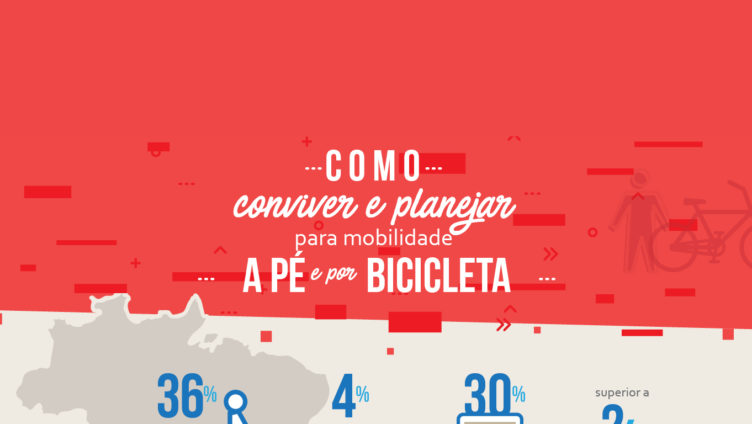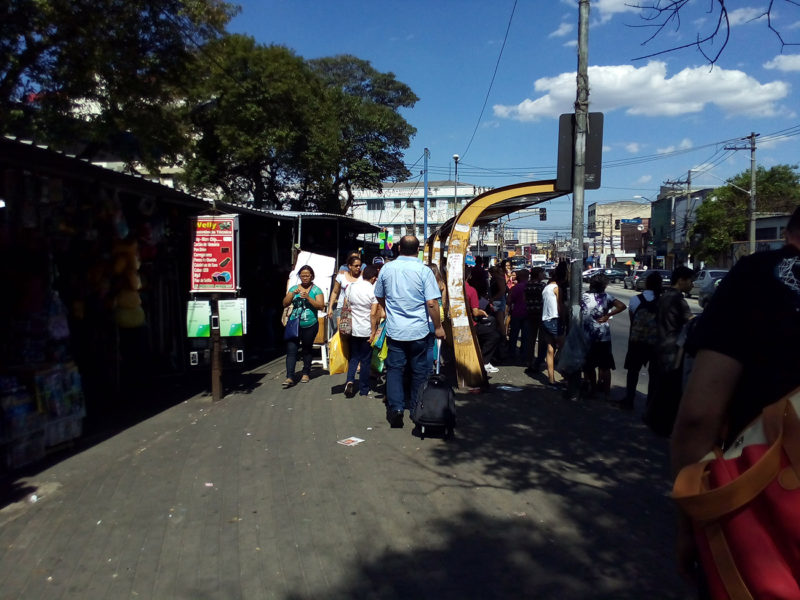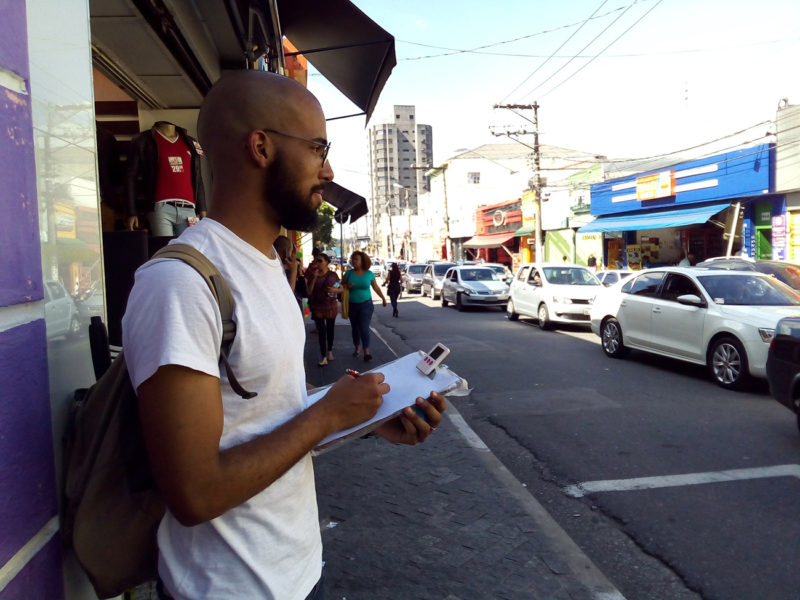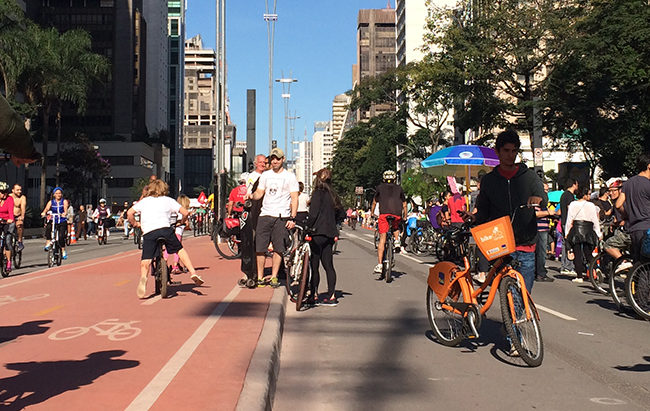
Área 40 São Miguel Paulista
São Paulo foi uma das dez cidades selecionadas para o programa da Iniciativa Global para a Segurança Viária da Bloomberg Philanthropies, cujo objetivo é reduzir os ferimentos e fatalidades decorrentes de colisões e atropelamentos em todo o mundo. São Paulo e Fortaleza foram as duas cidades brasileiras selecionadas para participar da iniciativa por terem apresentado propostas ambiciosas e planos abrangentes de segurança viária.
Como parte do programa, estão previstas transformações físicas nas Áreas 40 da cidade de São Paulo, formadas por vias cuja velocidade máxima foi definida em 40 km/h, com objetivo de garantir maior segurança dos usuários mais vulneráveis do sistema viário, como pedestres e ciclistas. Além da sinalização e fiscalização, propõe-se o redesenho da geometria viária e a utilização de outros recursos para garantir que veículos sejam incentivados a respeitar o limite imposto. Dentro desse contexto, a Cidade Ativa foi convidada por WRI Brasil para realizar o diagnóstico da Área 40 de São Miguel Paulista, na zona leste da cidade. A área desempenha um papel de centralidade na Zona Leste da cidade, com comércio diversificado que se concentra no entorno da estação de trem da CPTM.
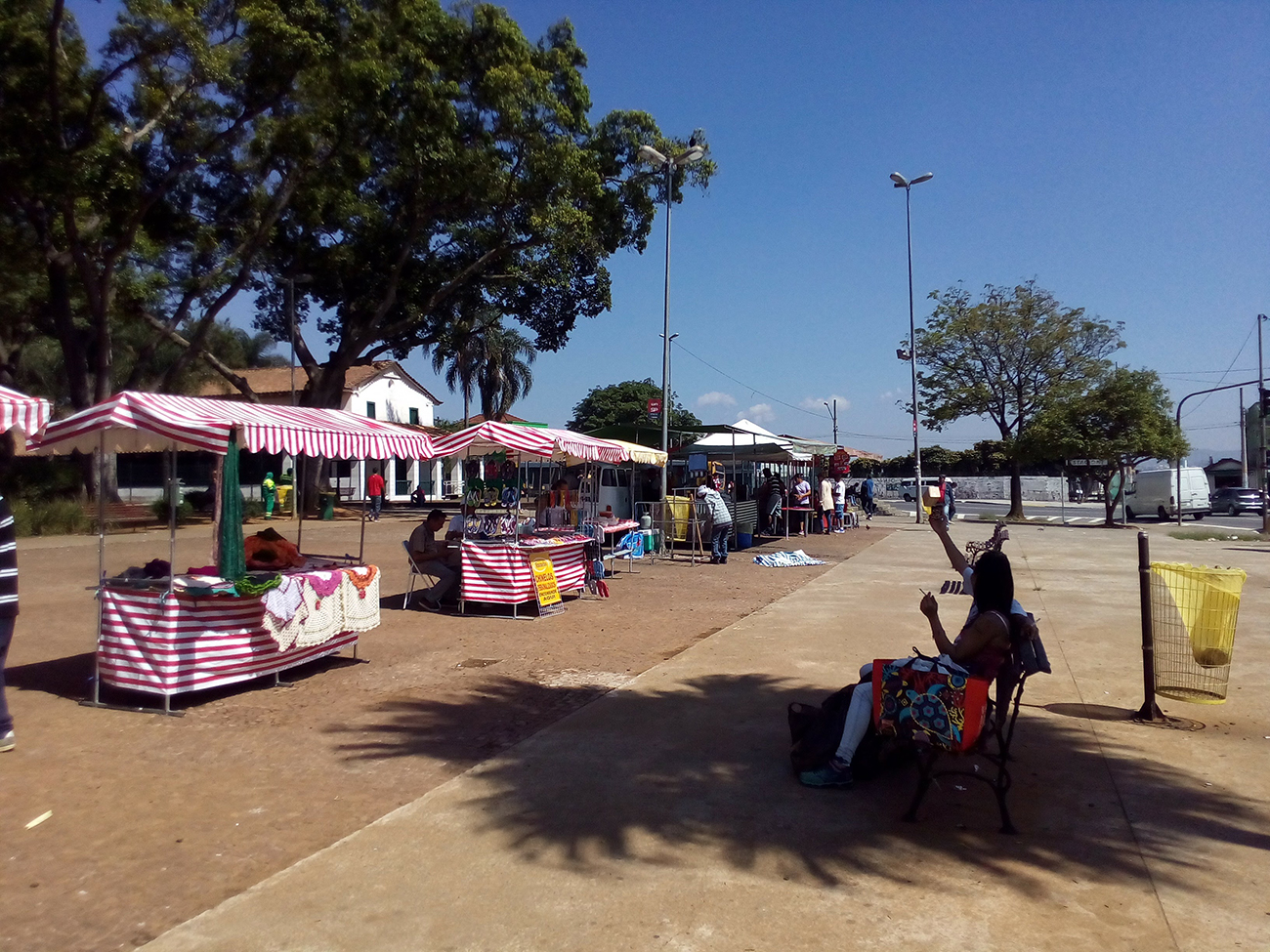
Existe grande atividade comercial na região.
Crédito: Cidade Ativa
A pesquisa foi elaborada com o objetivo de levantar dados quantitativos e qualitativos dos pontos selecionados dentro da Área 40. Ela incluiu medições de fluxos de pedestres e veículos, mapeamento das atividades de permanência de pedestres (que revela como os usuários se apropriam do espaço), aplicação de entrevistas com transeuntes e avaliação de critérios sensoriais relativos à experiência do pedestre. Além disso, as informações obtidas foram sintetizadas em gráficos, diagramas e desenhos que facilitam sua análise.
O grande fluxo de transeuntes revelado na pesquisa contrasta com as condições físicas levantadas na infraestrutura viária: as calçadas, por exemplo, não possuem dimensão e materiais adequados; também há falta de sinalização em diversas travessias, forçando usuários a arriscarem suas vidas ao caminharem pela via. Esse diagnóstico relaciona aspectos do ambiente construído com dados de utilização das vias por seus diferentes usuários, que trazem importantes elementos para as futuras intervenções e poderão ser utilizados como indicadores de sucesso das ações propostas no território.
DOWNLOADS

Outras ações
Notícias relacionadas
Todas as notícias >
Deslocamentos a pé são foco da Semana da Mobilidade 2020 na Cidade Ativa
setembro 25, 2020

Mesa redonda: O processo colaborativo como caminho para desenhar projetos
outubro 1, 2019

Organizações se articulam em ação na Semana da Mobilidade 2019 promovida pela WRI Brasil.
setembro 24, 2019

Intervenção temporária garante maior segurança e conforto aos pedestres em área na zona leste de São Paulo
agosto 29, 2019
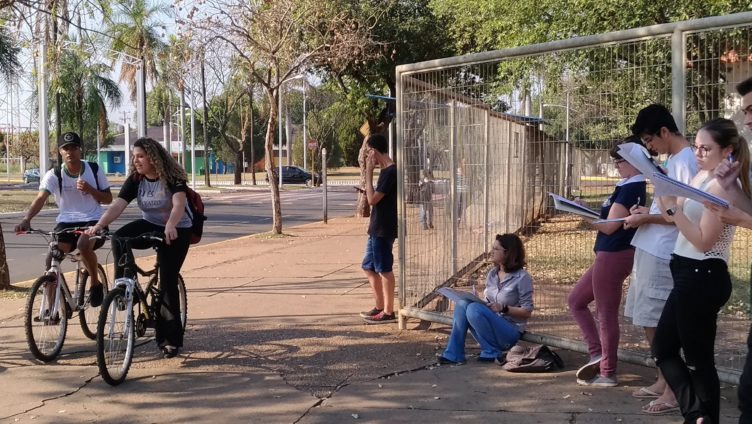
Oficina de leituras urbanas da Cidade Ativa faz parte da programação da Semana de Engenharia Civil da Unesp, no campus de Ilha Solteira

Dois anos de sanção do Estatuto do Pedestre
junho 28, 2019
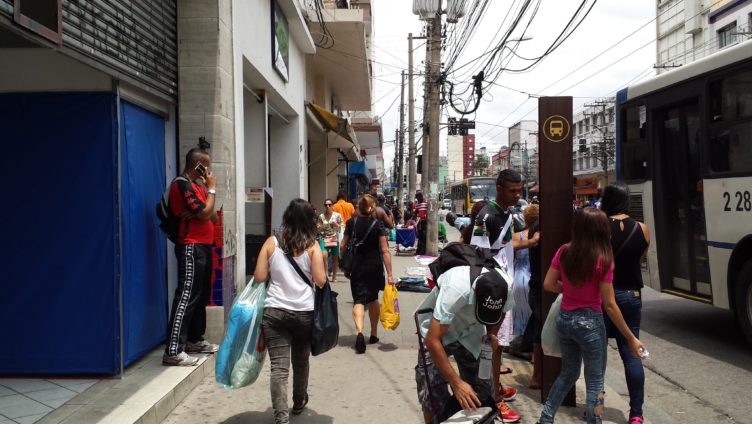
Nota Pública: Mudanças no Código Brasileiro vão na contramão da vida
junho 13, 2019

Cidade Ativa participa do festival Jane’s Walk em Chapecó, SC
maio 30, 2019

Com oficina sobre metodologias de análise do espaço público, Cidade Ativa engaja futuros engenheiros civis na Faculdade de Engenharia da Unesp-Bauru
maio 28, 2019
